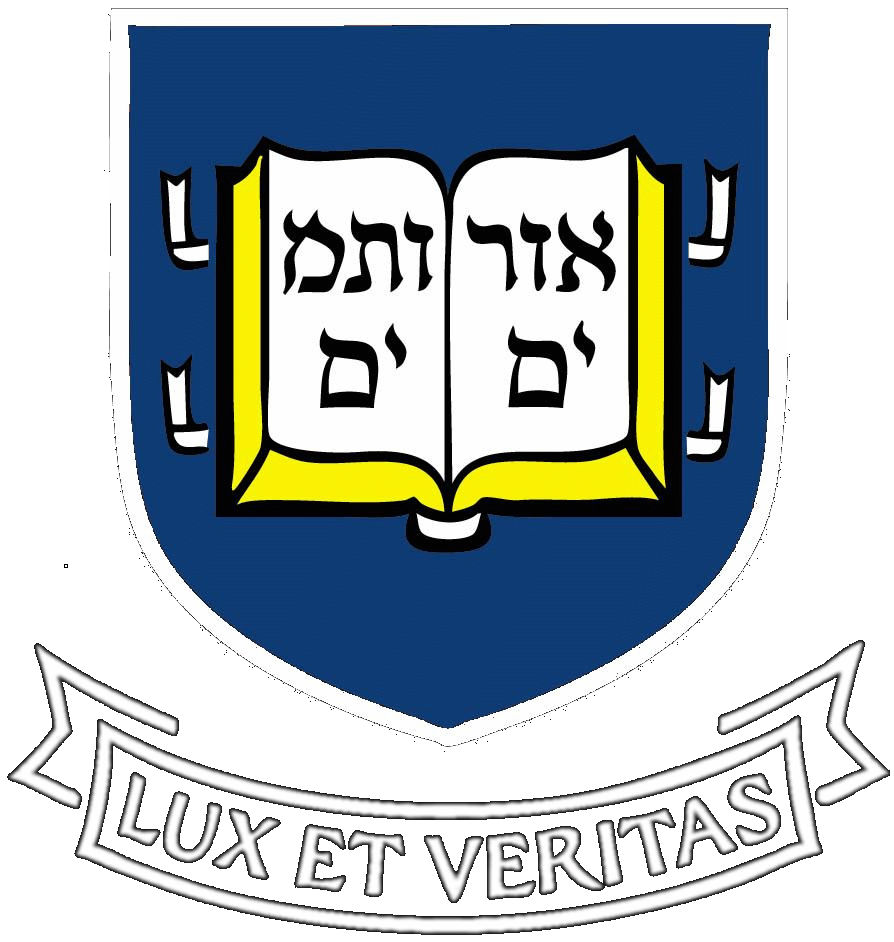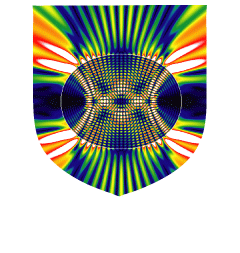
Research

Research Interests:
Theoretical condensed matter and optical physics, quantum transport phenomena in disordered media, mesoscopic electron physics, non-linear and chaotic dynamics, quantum and wave chaos, quantum measurement and quantum computing. Laser physics, non-linear optics, microcavity and random lasers.
Overview:
The progress in microfabrication of electronic structures has uncovered new phenomena characteristic of the mesoscopic size scale, intermediate between bulk solids and a microscopic system such as an atom for which the energy level spacing is large compared to kT at room temperature. I was one of the first theorists to emphasize the novel properties of mesoscopic systems which differentiate them from macro and micro systems. Most prominent among these are phase coherence and sample-specific fluctuations in all physical properties (Fig. 2), and the appearance of effects relating to the discreteness of electron or cooper pair charge. Related properties are high sensitivity to geometry and surface effects which can be analyzed from the semiclassical point of view in terms of regular or chaotic electron trajectories; this gives a connection to the field of quantum chaos which has been widely studied in the past decade in atomic, condensed matter and optical physics.
The progress in microfabrication of electronic structures has uncovered new phenomena characteristic of the mesoscopic size scale, intermediate between bulk solids and a microscopic system such as an atom for which the energy level spacing is large compared to kT at room temperature. I was one of the first theorists to emphasize the novel properties of mesoscopic systems which differentiate them from macro and micro systems. Most prominent among these are phase coherence and sample-specific fluctuations (UCF) in all physical properties, and the appearance of effects relating to the discreteness of electron or cooper pair charge. Related properties are high sensitivity to geometry and surface effects which can be analyzed from the semiclassical point of view in terms of regular or chaotic electron trajectories (QC electronics); this gives a connection to the field of quantum chaos which has been widely studied in the past decade in atomic, condensed matter and optical physics.
An interesting application of these ideas is to microlasers with chaotic ray dynamics (Nature, Science), first proposed by my group and a topic which we are still studying intensively, in collaboration with the experimental group of Richard Chang here at Yale. The great recent interest in possible solid-state approaches to quantum computing and quantum information physics has opened a new direction of research in mesosopic systems, the study of quantum measurement via mesoscopic detector/ amplifiers (Clerk/ Stone) such as the single electron transistor or quantum point contact. This is an area we are actively pursuing in the group.
Fig. 1 Conductance fluctuations in mesoscopic conductors.
(a) Conductance of 2000-nm gold wire as a function of magnetic field measured at temperature 0.04 K (after R. A. Webb and S. Washburn, Quantum interference fluctuations in disordered materials, Phys. Today, 41(12): 46-55, December 1988).
(b) Conductance of 600-nm GaAs/AlGaAs semiconducting heterostructure as a function of electron density (controlled by an electrostatic gate) at temperature 0.1 K (after M. W. Keller et al. Magnetotransport in a chaotic scattering cavity with a turnable electron density, Surf. Sci., 305:501-506, 1994). The patterns observed are reproducible over a period of days, and the amplitudes of both fluctuations are of order e2/h.

